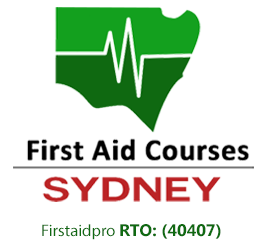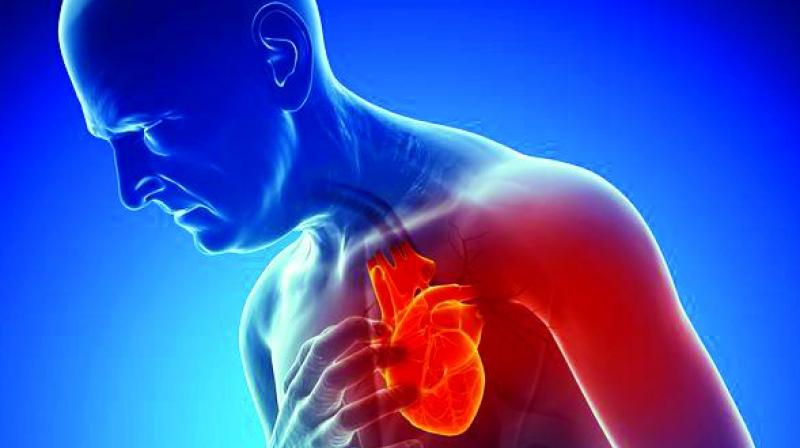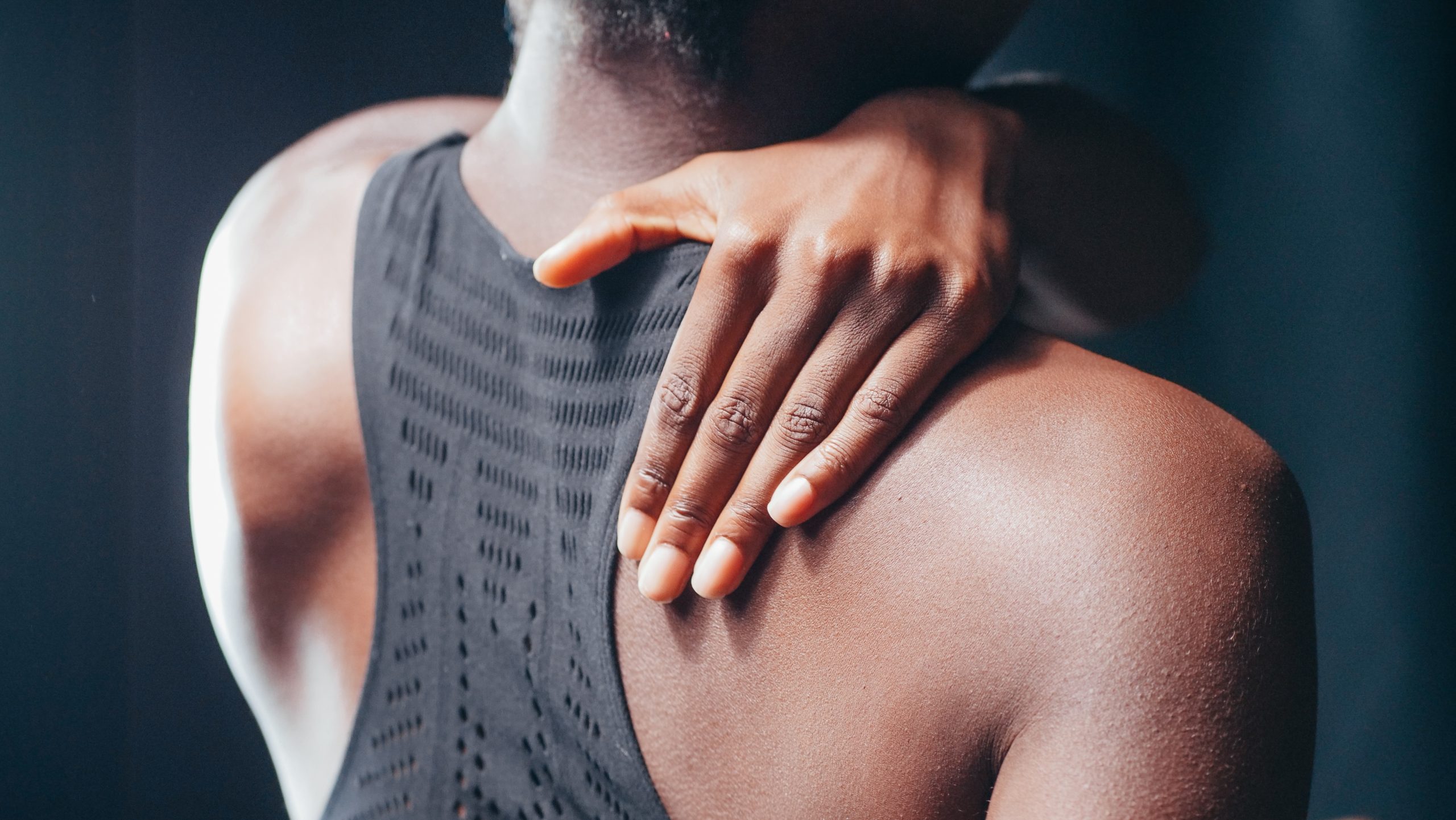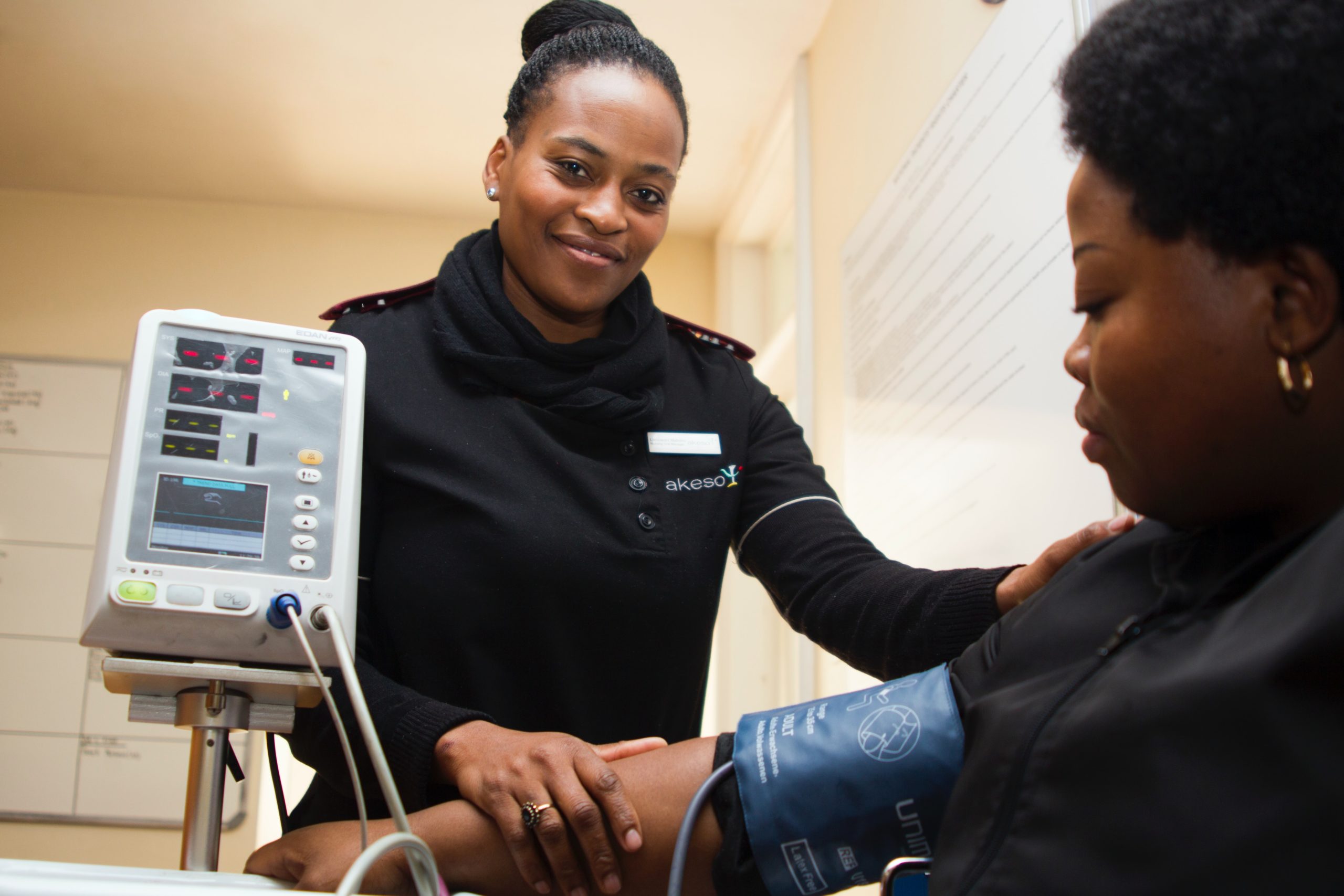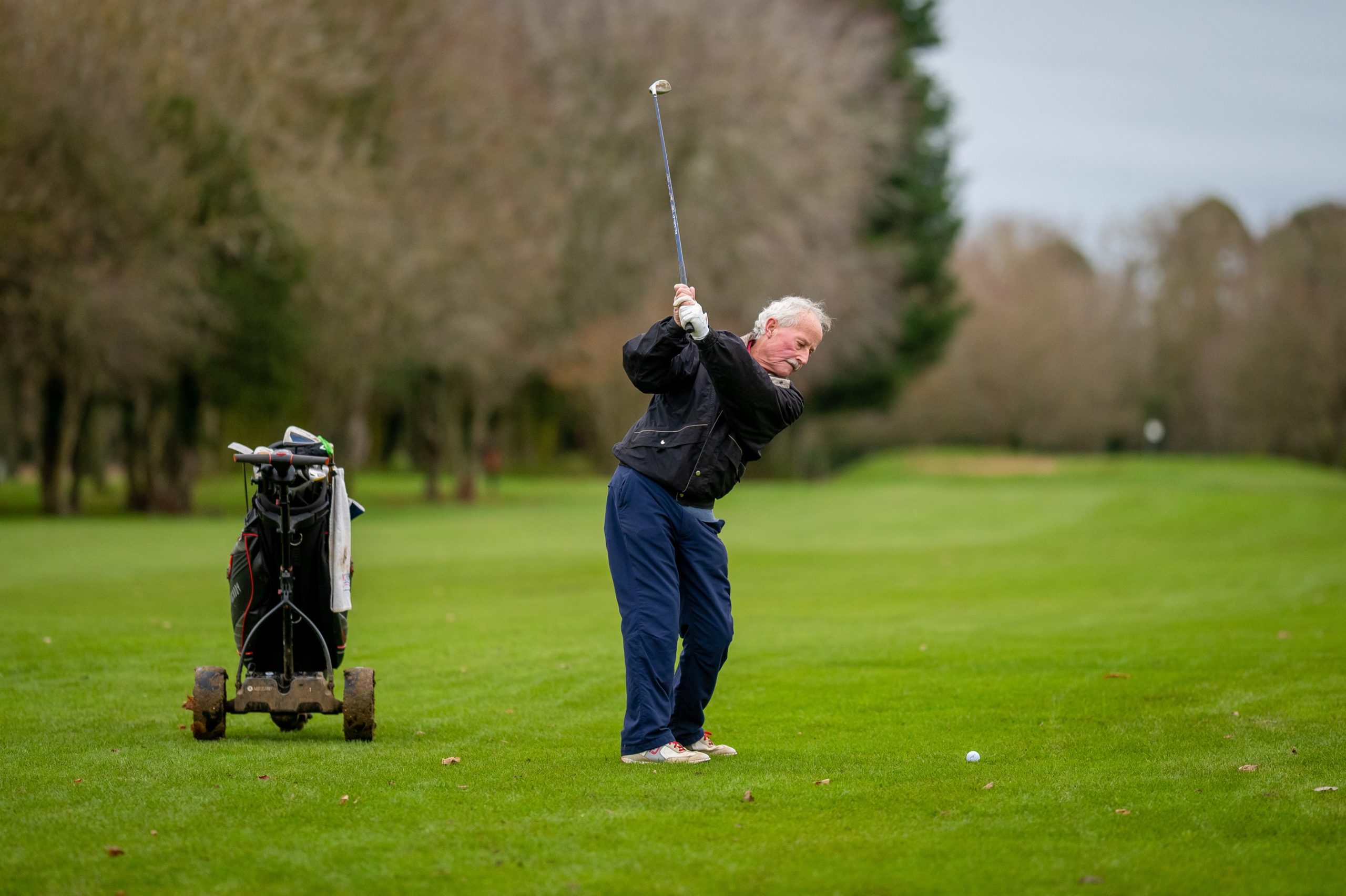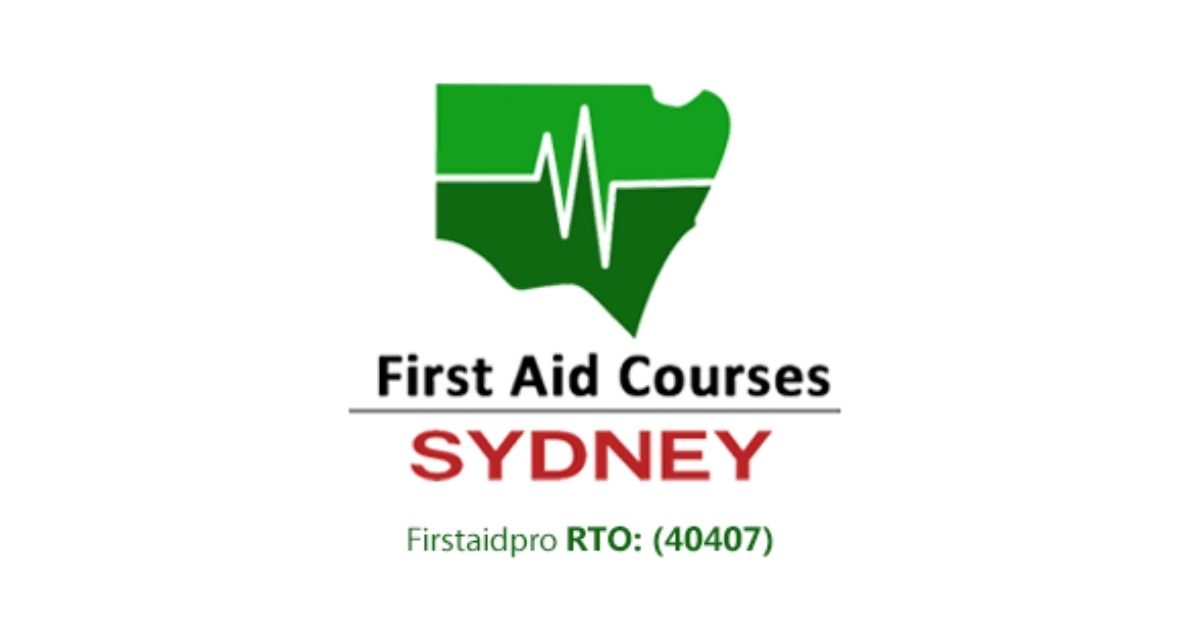Since we are celebrating the National CPR & AED Awareness Week (June 1-7), we thought that there is no better time to learn more about these two emergency response skills. This week is all about educating people on how CPR and proper use of AED (automated external defibrillator) can save lives.
Are you prepared to save a life?
Sudden cardiac arrest is the ultimate 911 emergency. It is an ‘electrical’ problem, in which the heart suddenly stops beating. Death can occur in a matter of minutes — unless a bystander decided to step in and starts cardiopulmonary resuscitation (CPR).
If you witness a person suddenly collapsed and not breathing, they are likely suffering from a sudden cardiac arrest and requires immediate CPR and defibrillation to survive.
Better Survival with CPR
Performing immediate CPR is the key to survival.
Every minute that passes, there is a decrease of 10% on the victim’s chance of survival. After 10 minutes of no intervention, no CPR, and no oxygen supply to the brain, the victim is unlikely to survive. If revived, there is an increased risk for severe disability and long-term brain damages.
The good news is new studies and evidence back better survival rates with CPR and AED use.
Why CPR? Performing cardiopulmonary Resuscitation forces the blood to continue pumping to the body’s vital organs. The combination of chest compressions and rescue breathing are specifically designed to pump the heart to get blood circulating and blow air to the victim’s lungs.
These two techniques can keep the heart pumping and blood flow for a few minutes until the emergency medical services are ready to take over.
Why Use an AED? When a cardiac arrest happens, there is an underlying problem between the electrical impulses between the brain and the heart. Automated External Defibrillator (AED) is used to give a high energy electric shock to the heart to restore its normal rhythm.
With AEDs increasing found in public places, one may be available during a cardiac arrest. It should be retrieved immediately and applied to the victim.
Time Matters. 9 in 10 people who suffer sudden cardiac arrest in an out-of-hospital setting dies. But CPR can improve those odds if the resuscitation is performed in the first few minutes of the attack. CPR can double, even triple a person’s chance of surviving cardiac arrest.
It’s not just trained medical professionals who can jump in to perform CPR. Even a simple bystander can take simple lifesaving steps to help a person in pain. The overall message of this blog is, having more people who can recognise and respond CPR quickly to a cardiac arrest saves brains — and lives.
CPR training and use of AED classes don’t take a lot of time to complete, but the potential payoff — saving a life — is priceless. Being able to save someone’s life during a sudden cardiac arrest is a critical skill that every Australian should have. Perhaps the best way to have a full understanding of these skills is through proper CPR training course and certification.
